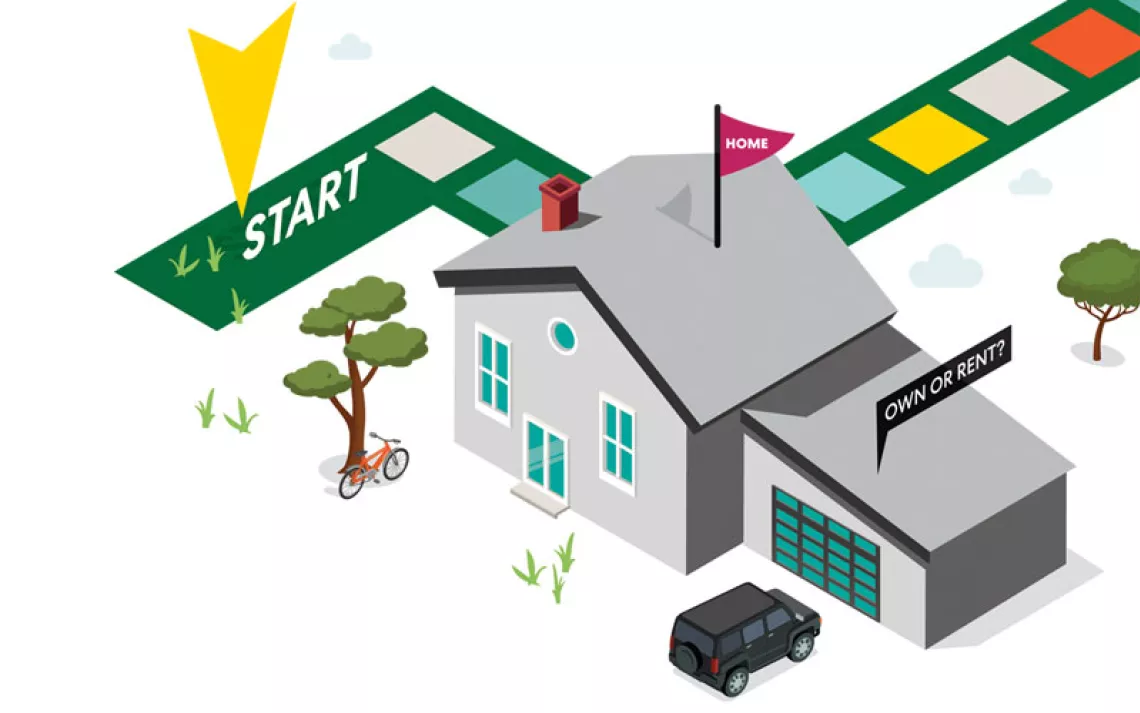Aggressively Passive Maine Dorm
Where mini-fridges aren't allowed and a single hairdryer can heat the place in winter
College housing has come a long way from Brutalist bunkers with crammed quads, hissing radiators, buzzing fluorescent lights, and few of the comforts of home. And a leader in new dorm design is a school that doesn’t even have an architecture department: Unity College, a small school in central Maine that sees sustainability as a campus-wide mission.
Its 2,186-square-foot TerraHaus, completed in 2011, is the first U.S. college residence hall certified to the Passive House standard, the highest standard for energy efficiency. With its gray shingles and simple lines, the building fits right into the traditional New England farm-and-cottage aesthetic.
Oriented to take full advantage of the sun, TerraHaus can be heated on just $210 worth of electricity a year. Rooftop solar panels warm the showers for the 10 students who live there, and super-insulated walls keep them cozy through Maine’s frigid winters (the average January low temperature is 7°F). Enormous, super-efficient windows in the common room let in ample heat and light and offer dramatic views of the surrounding campus.
“People study right in front of the windows. During the day, you’re really warm. At night, you can see the stars,” says Stephanie Alley, a marine biology major. “It’s my favorite part of the house.”
“TerraHaus is my pride and joy,” says Douglas Fox, who is the director of the college’s Center for Sustainability and Global Change and helped get the residence off the drawing board. “This isn’t a building; it’s an educational campaign.”
Students brainstormed with design firm GO Logic to find ways to make the house feel spacious, and residents often give home tours explaining the intricacies of passive design. Though there can be good-natured grumbling about the difficulties of fitting food into a single refrigerator (mini-fridges aren’t allowed), residents enjoy their independence from the dining hall, the soundproofing, the individual heat controls, and two shower rooms with built-in cubbies.
Naomi Haber, who is studying captive wildlife care and education, says, “It’s nice to take a hot shower powered by the sun. I wouldn’t want to live anywhere else.”
READ MORE Follow Unity College’s TerraHaus blog at terrahaus.wordpress.com.
 The Magazine of The Sierra Club
The Magazine of The Sierra Club






